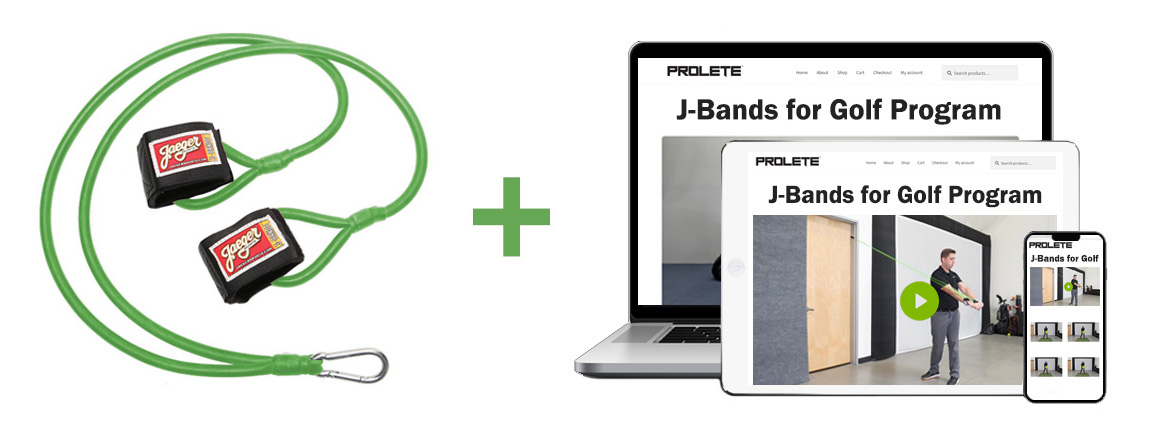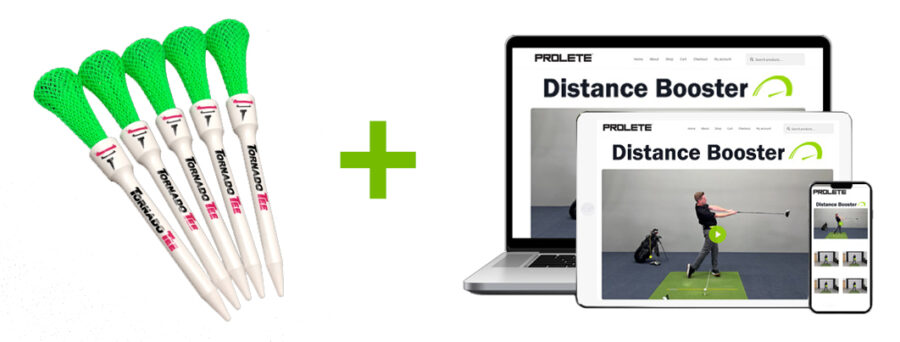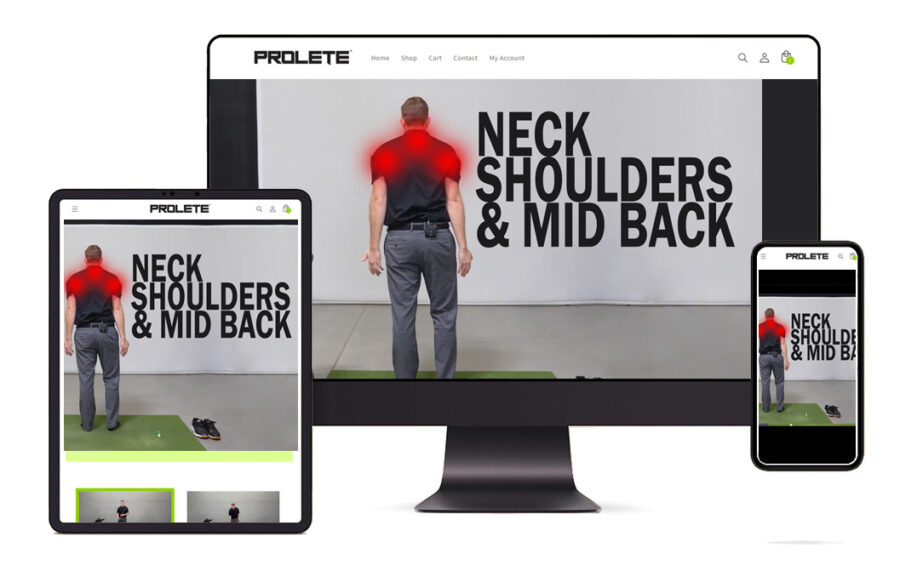Your Body Is A Whip
When you crack a whip, a relatively slow movement at the handle, a simple flick of the wrist, creates a wave of motion that accelerates as it travels down the whip and causes a “crack” because the tip of the whip breaks the sound barrier (767+ MPH).
If you try to grab a whip in the middle of the whip… it is incredibly hard to get the same “crack.” What was a simple, easy move… is now an extreme amount of effort.
There are two types of players… Arm-Swingers and Body-Swingers…
Swinging with your arms is like grabbing the middle of the whip instead of the handle.
Most golfers who took up the game as an adult are Arm-Swingers. With adult arm-strength, adult comprehension, and adult motor skills, we use our arms to push the club and hit the ball.
Young kids, under the age of 12, usually start out as Body-Swingers. They don’t have the strength in their arms to hit the ball very far, so they sling the club back with their body rotation, then sling the club forward with rotation again. Those who find success and are good at hitting a ball in this manner grow into adult strength, comprehension, and motor skills and become very, very good players. (Only a handful of PGA Tour Professionals learned golf after the age of 12.)
Arm-Swingers struggle with consistency and have to spend hours at the range to “groove” their swing… because the arms are infinitely adjustable, an Arm-Swing requires lots of practice and fine motor skills. For most, an Arm-Swing results in a lot of tension, neck pain, and back pain.
Body-Swingers have an easy looking swing that is annoyingly consistent, even when they never visit the range and haven’t played in 3 months… because a Body-Swing uses the rotation of the body and passive arms. The only real variable in the swing is how fast you rotate.
Professionals and Professional-Level players use their Full Body. They have a Body led swing for consistency with the fine motor skills in their arms to control and manipulate the club to their will.
The Full Body Swing shows you how to use your body AND your arms efficiently. It starts by learning how to use your body… THEN add the arms.
Discover effortless power in your swing with The Full Body Swing.

Click Here to Learn more about The Full Body Swing »





